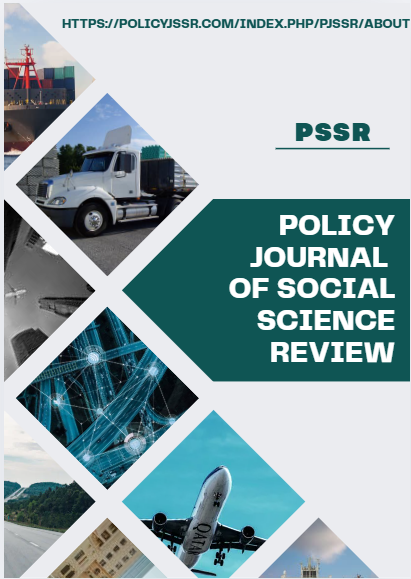Assessing the Impact of Unmet Need for Family Planning on Birth Spacing in Pakistan
Abstract
Contraceptive prevalence in Pakistan has plateaued near 34 percent for over a decade, suggesting that fertility levels are likely to stay high unless effective interventions are designed. The objective of this study is to investigate the effect of unmet need for family planning on birth spacing in Pakistan. For this purpose, we used secondary dataset of Pakistan Demographic and Health Survey 2017-18. The results of logistics regression indicate that the likelihood of women age increases birth spacing increases. The likelihood of birth spacing is higher for educated women than for illiterate ones. However, when women's educational attainment rises, the trend of birth spacing declines. Birth spacing is more likely to occur among women in the poorer wealth quintile than among those in the poorest wealth quintile; conversely, it is significantly less common among those in the wealthier and wealthiest wealth quintiles than among those in the poorest wealth quintile. When a wealth quintile is changed from the bottom to the top, the median number of months increases. Women who currently work have a larger chance of spacing their births than women who are not already employed. The probability of birth spacing is higher among those women who are more empowered rather than those women who are less empowered. The probability of birth spacing is higher among those women who are more empowered rather than those women who are less empowered. Husband’s education is also an important factor that affects birth spacing. The likelihood of birth spacing is higher among those women whose husbands are higher educated as compared to uneducated. Unmet need for family planning is an important factor that affects birth spacing. The likelihood of birth spacing is lower among women who have UMNFP than those women who have no UMNFP. Results conclude that unmet need for family is an important determinant of short birth spacing in the case of Pakistan.
Keywords: UMNFP, Birth spacing, PDHS, Pakistan





